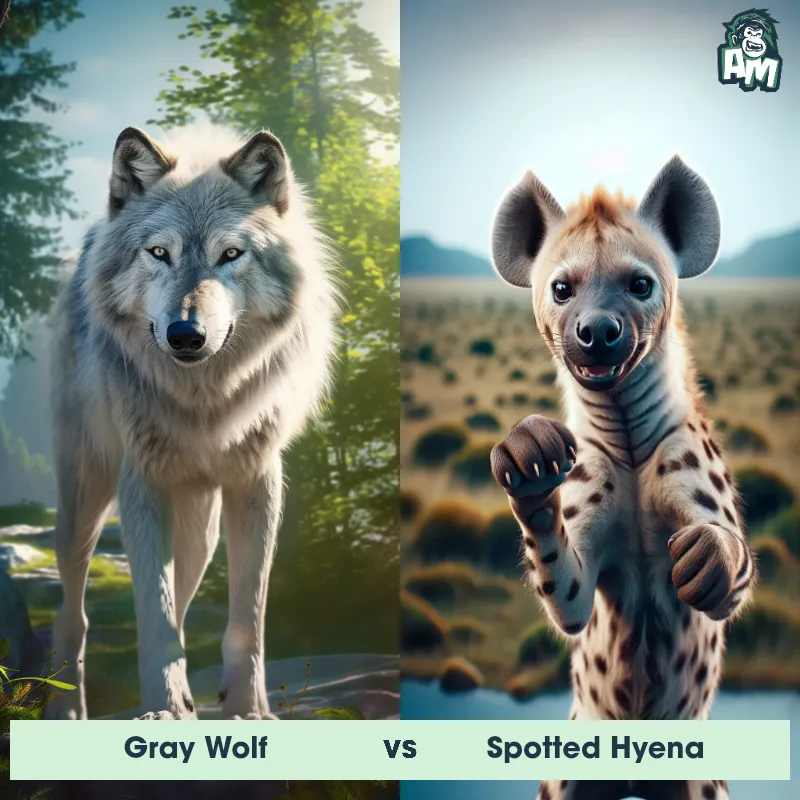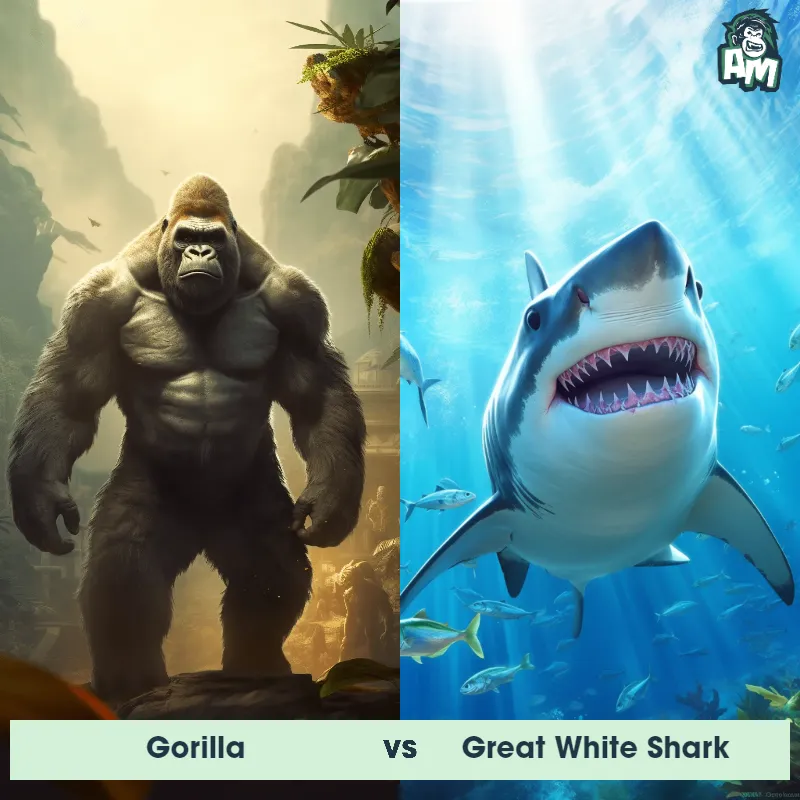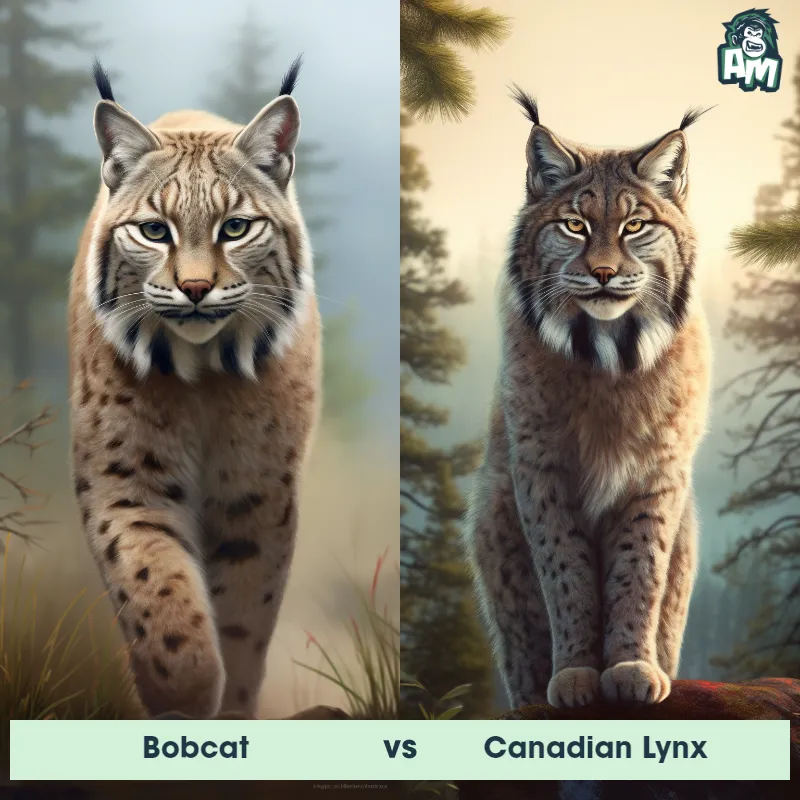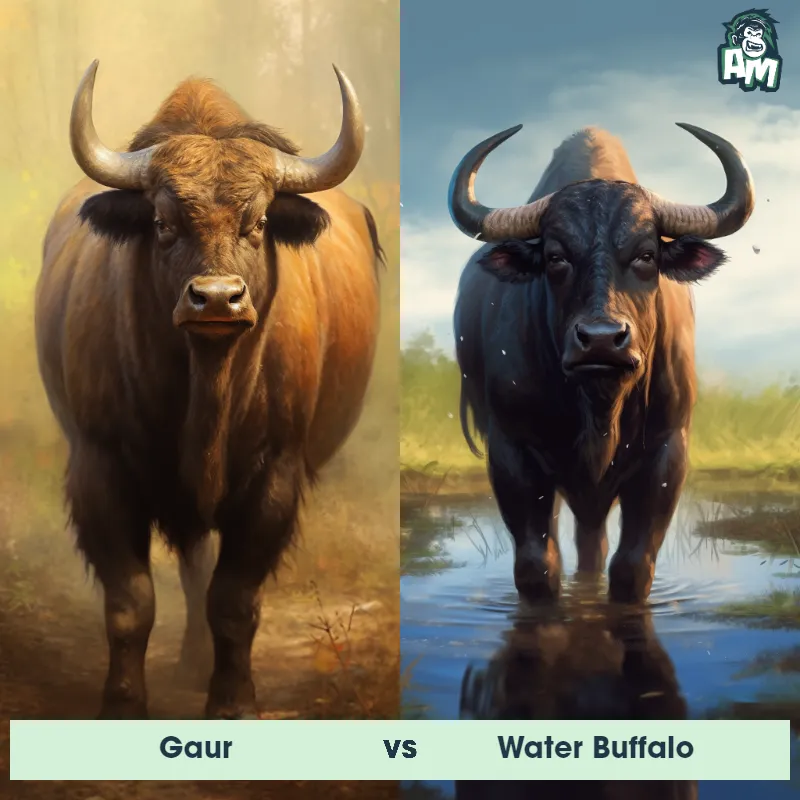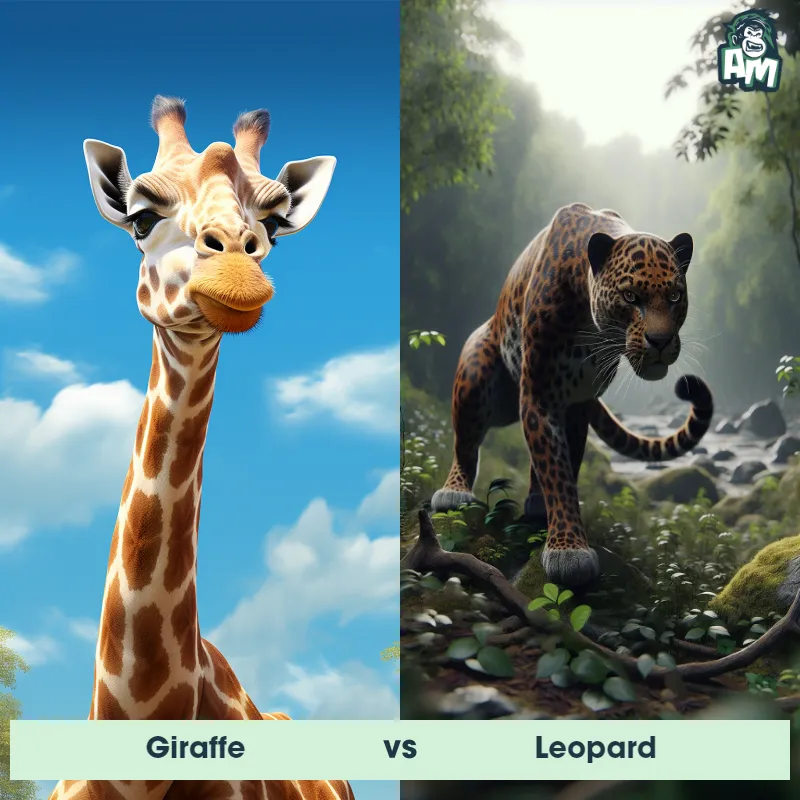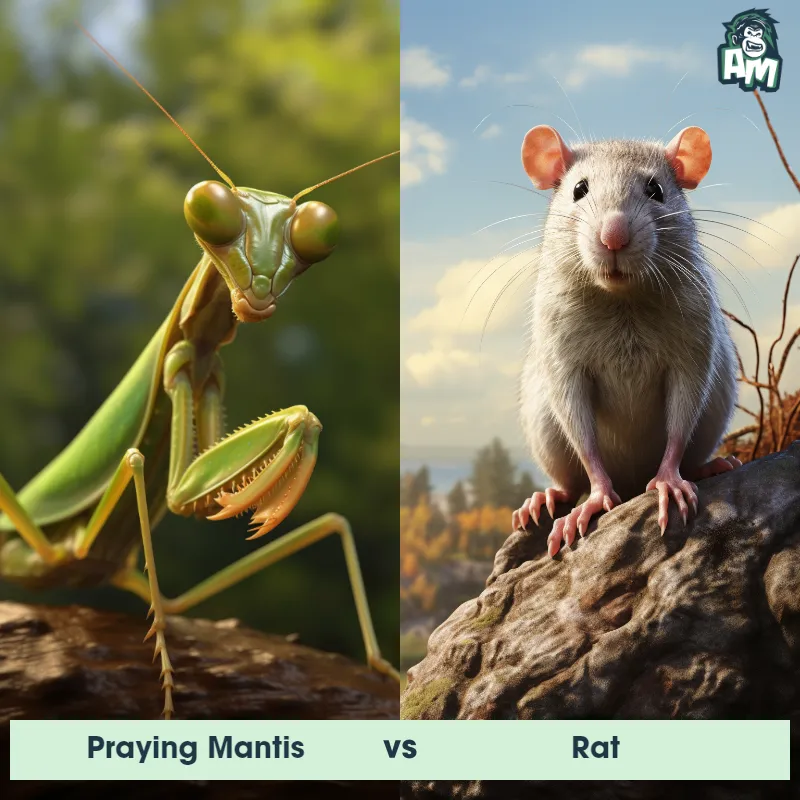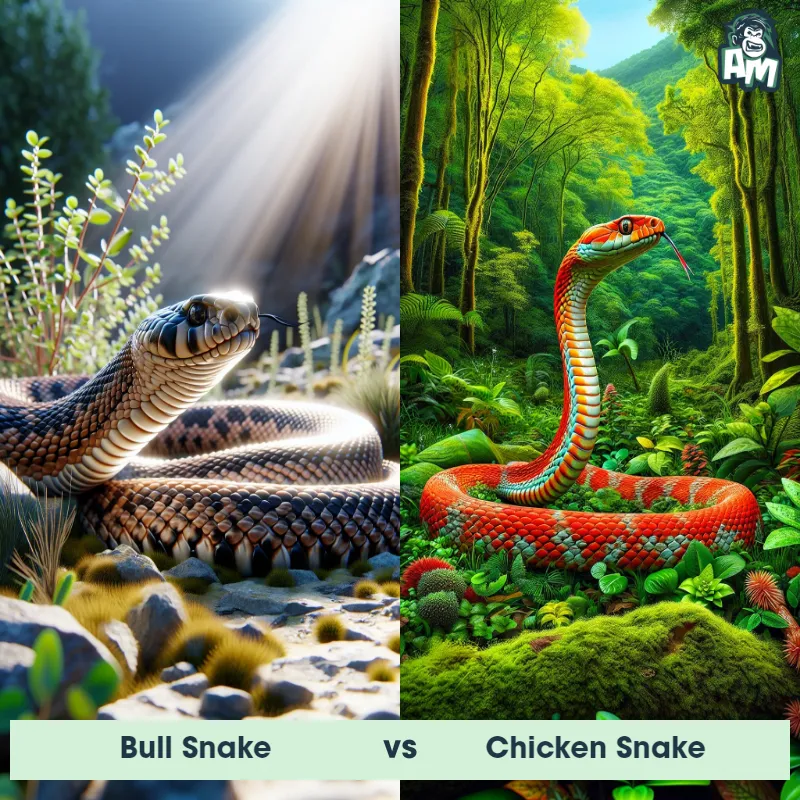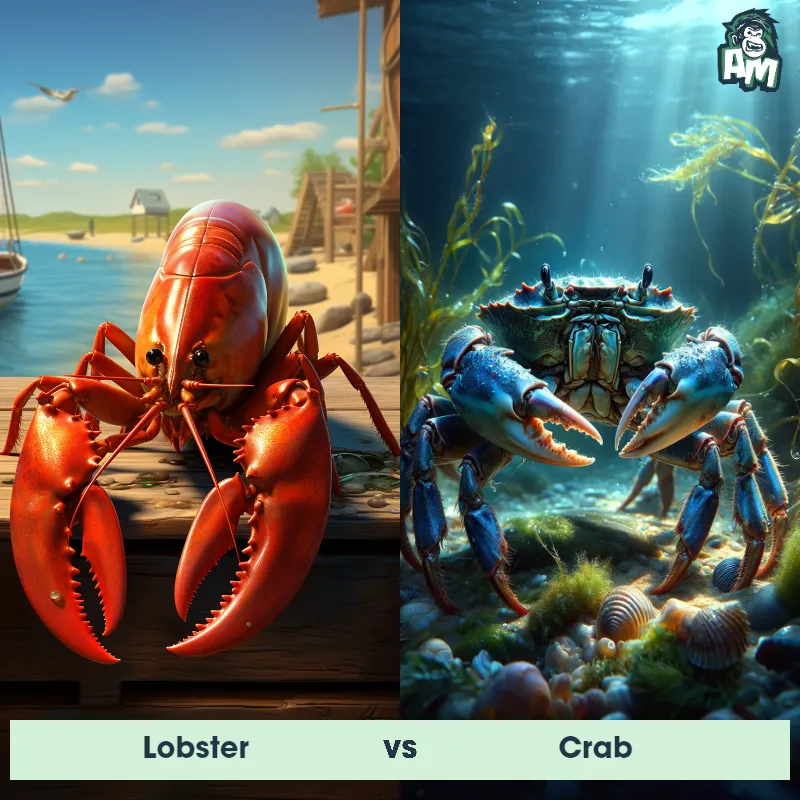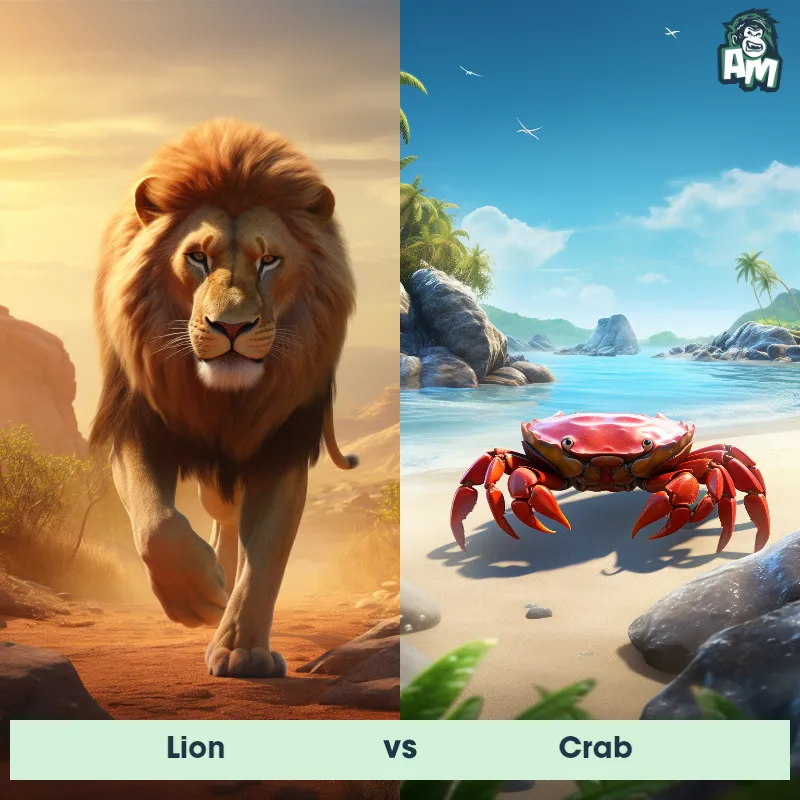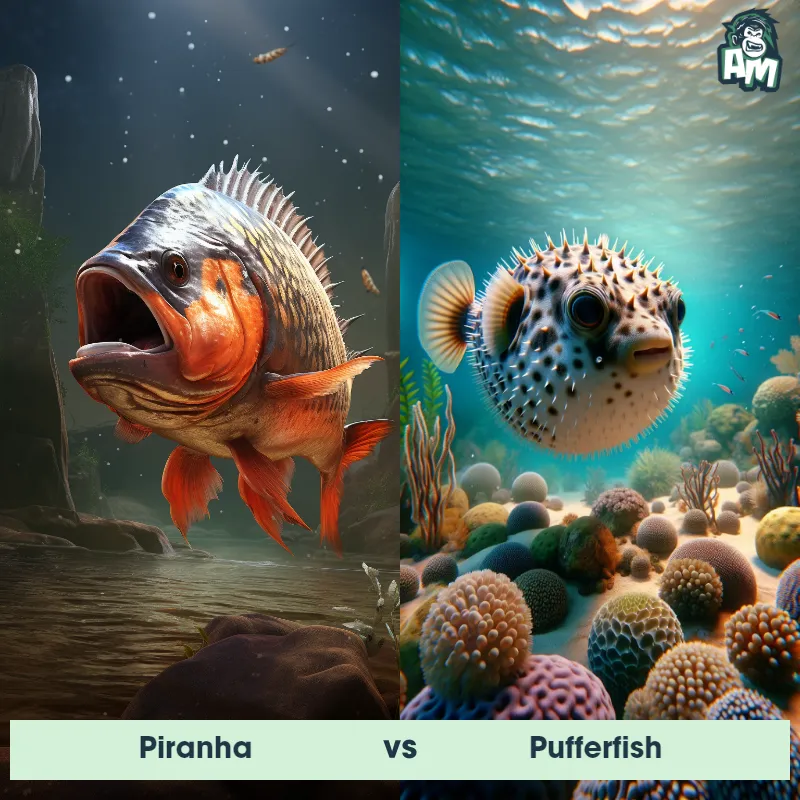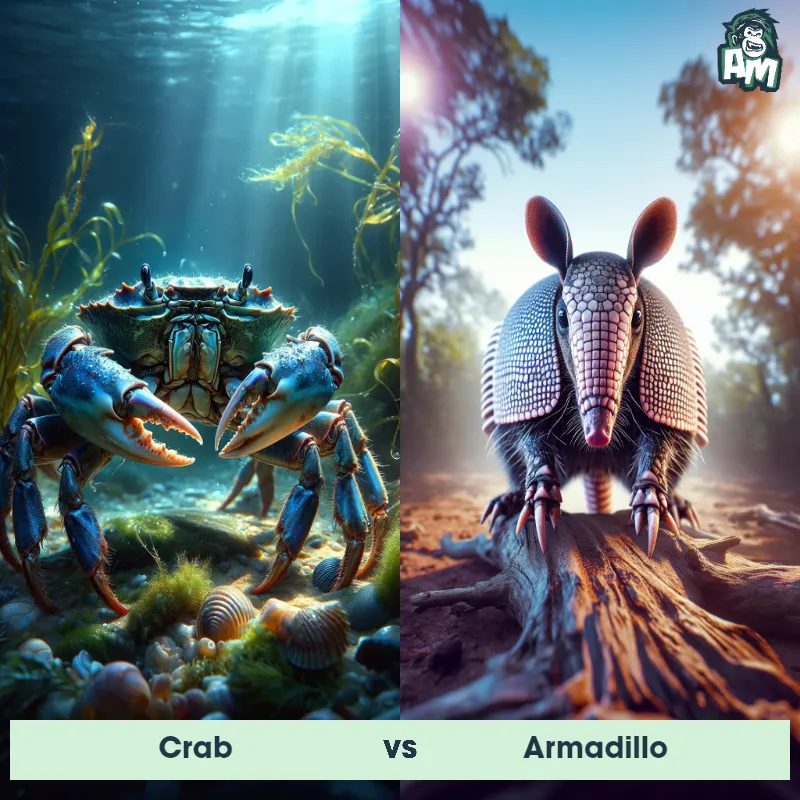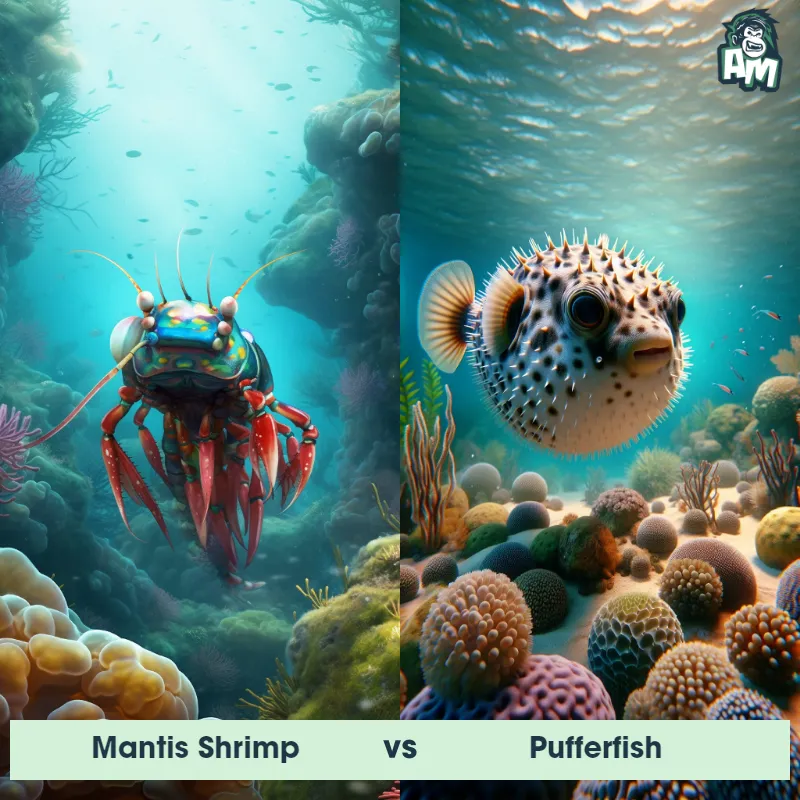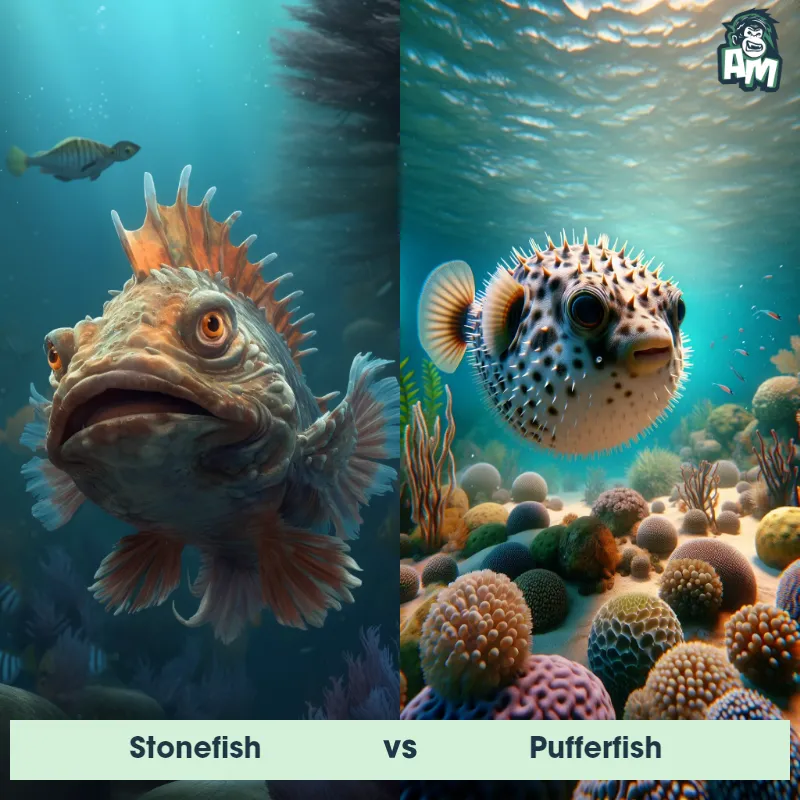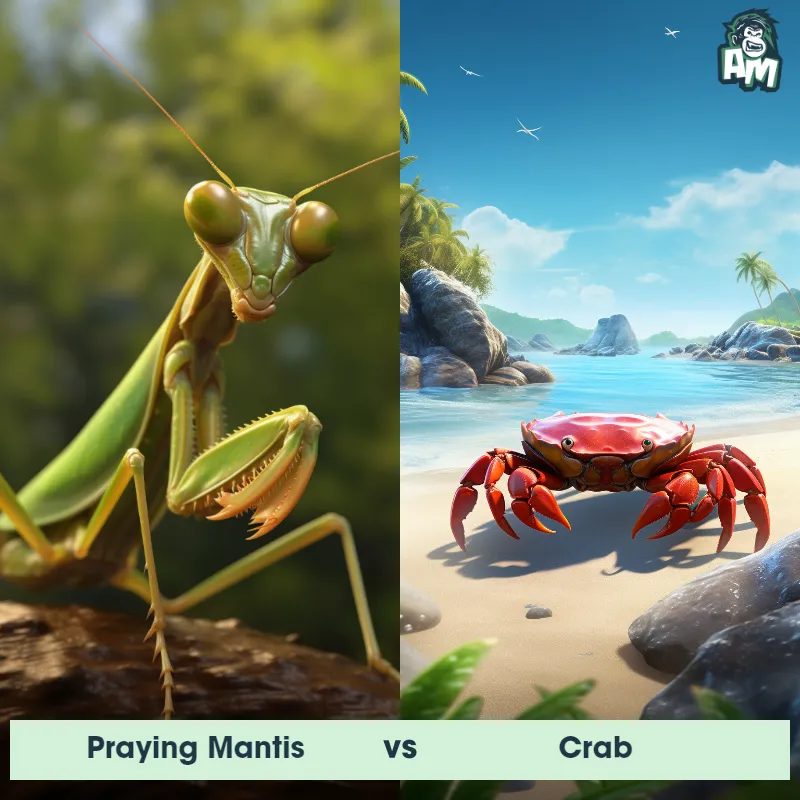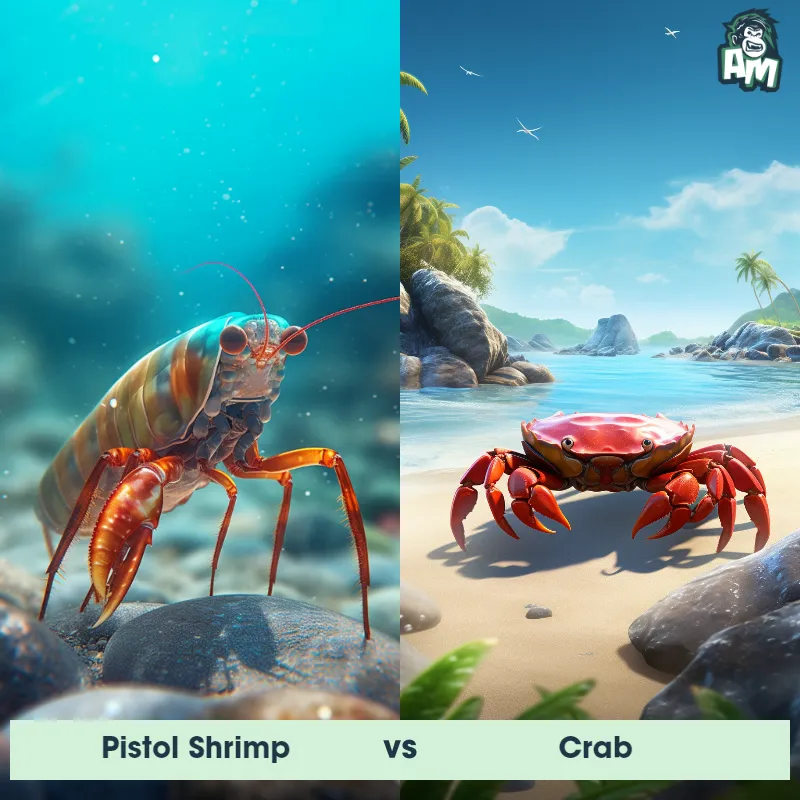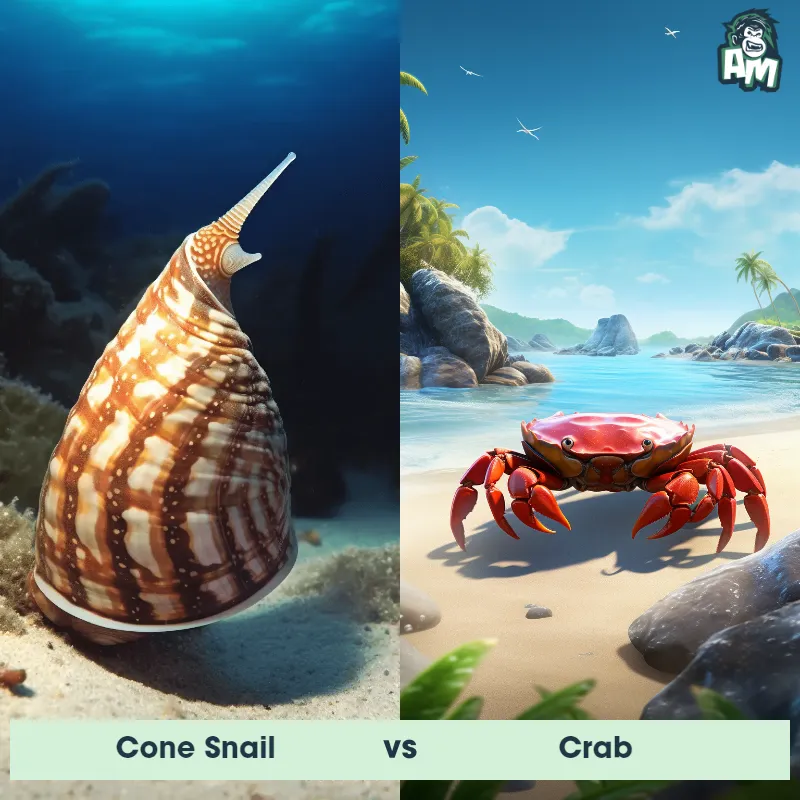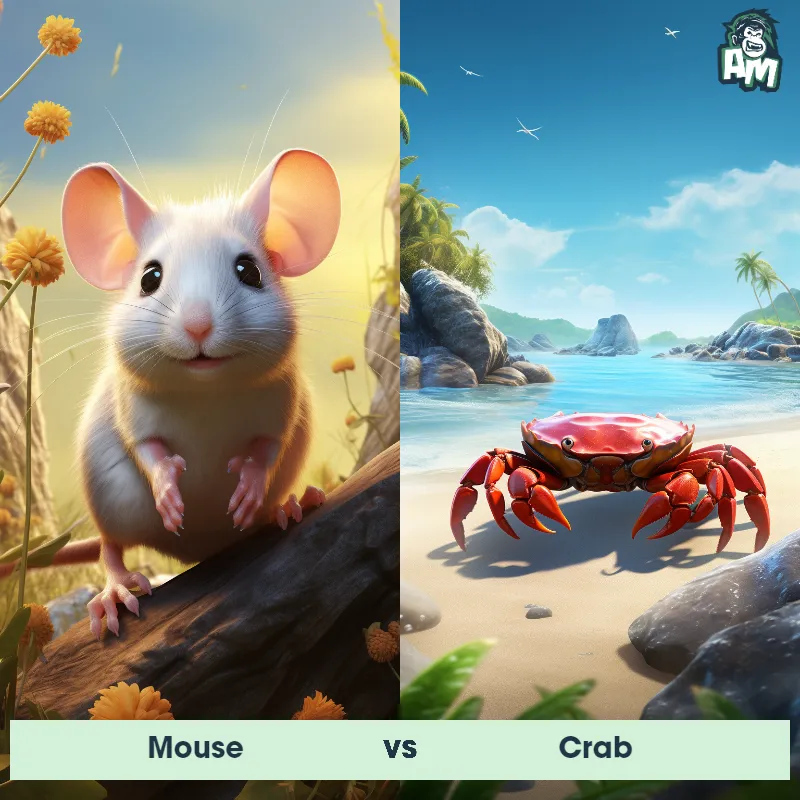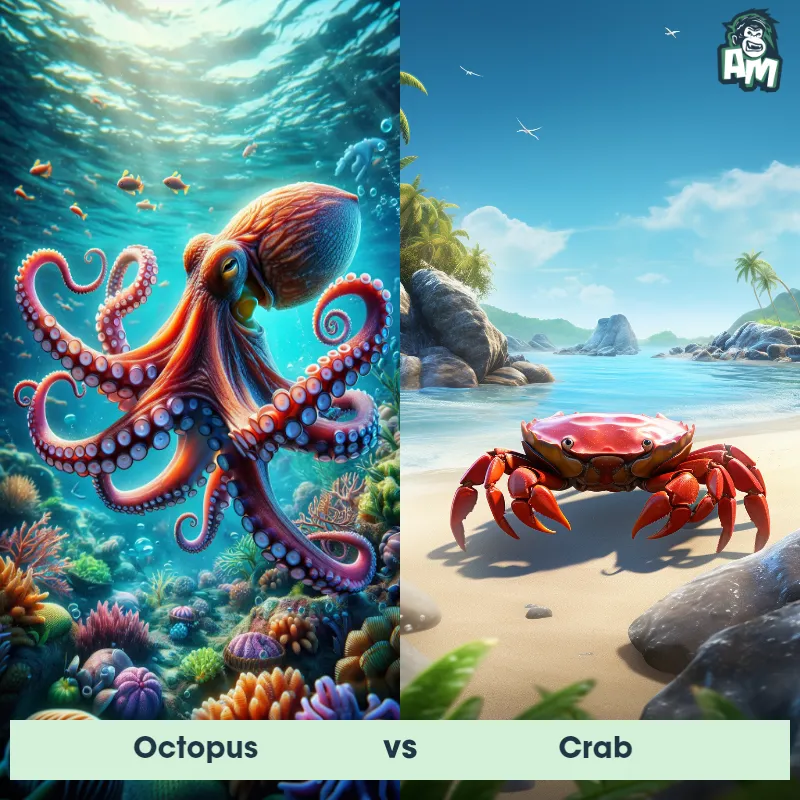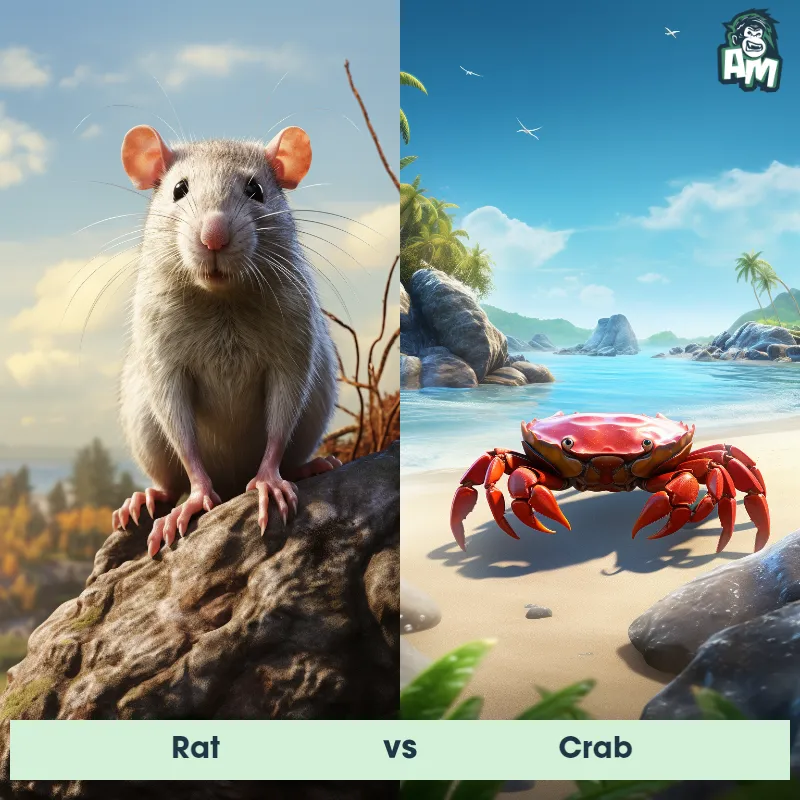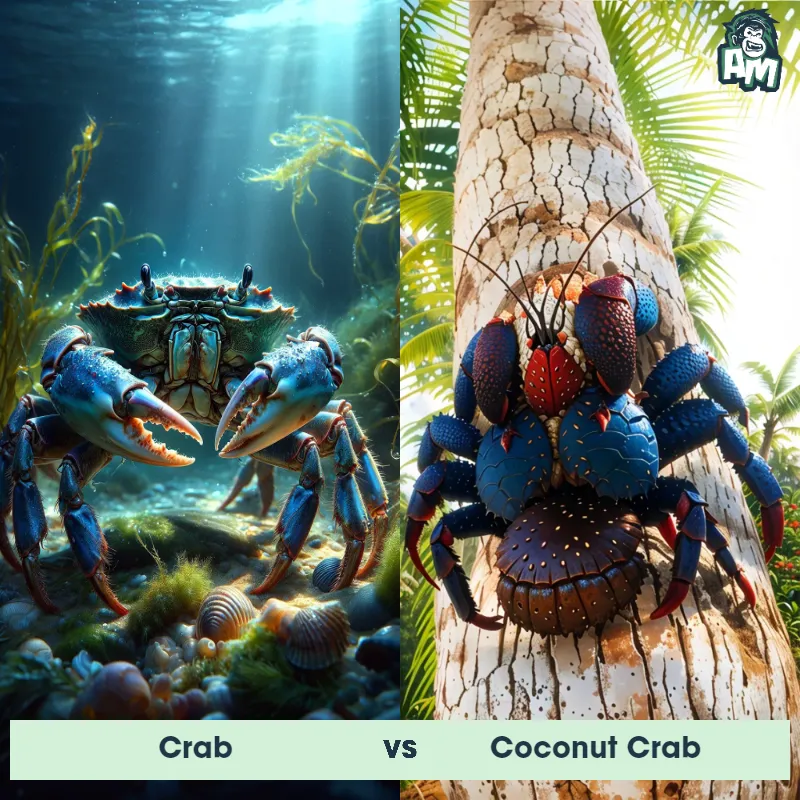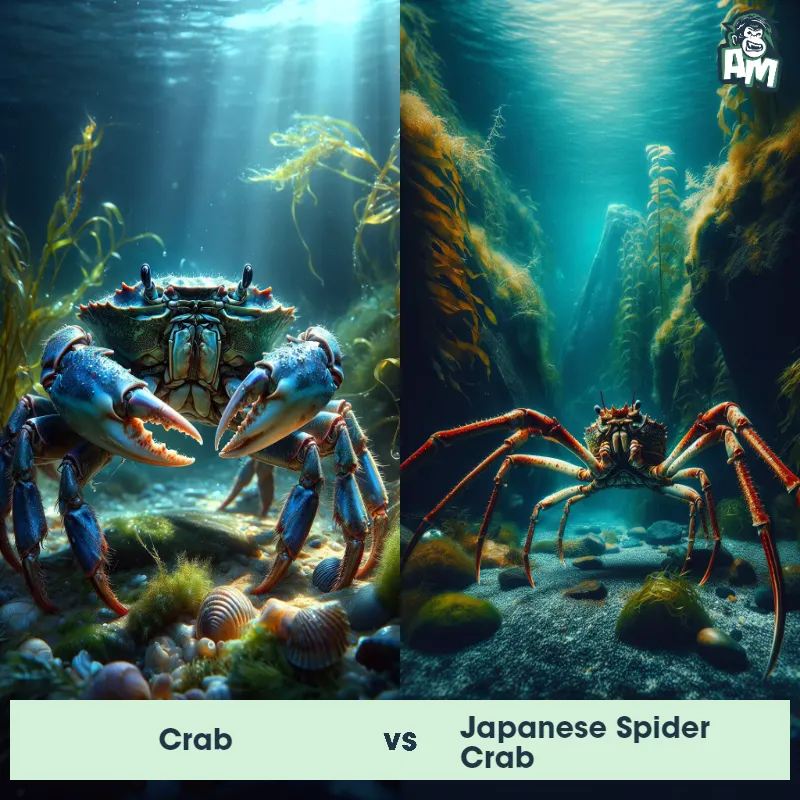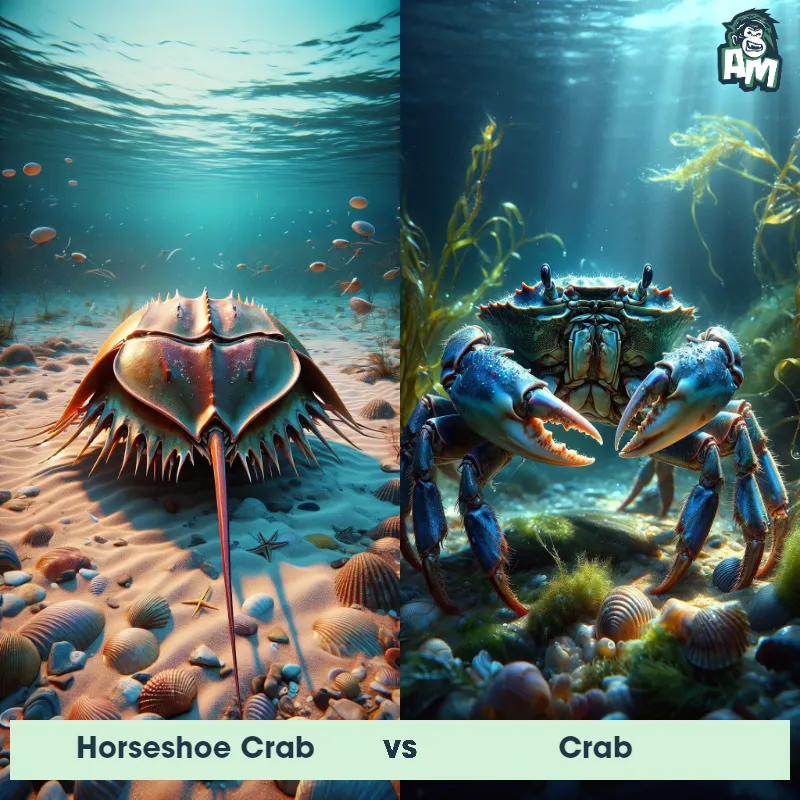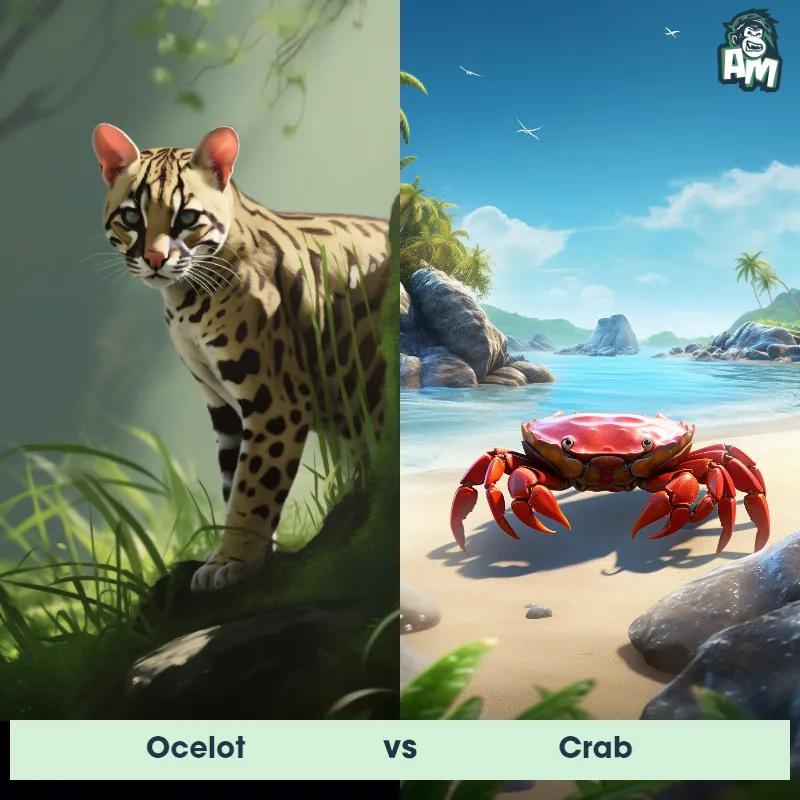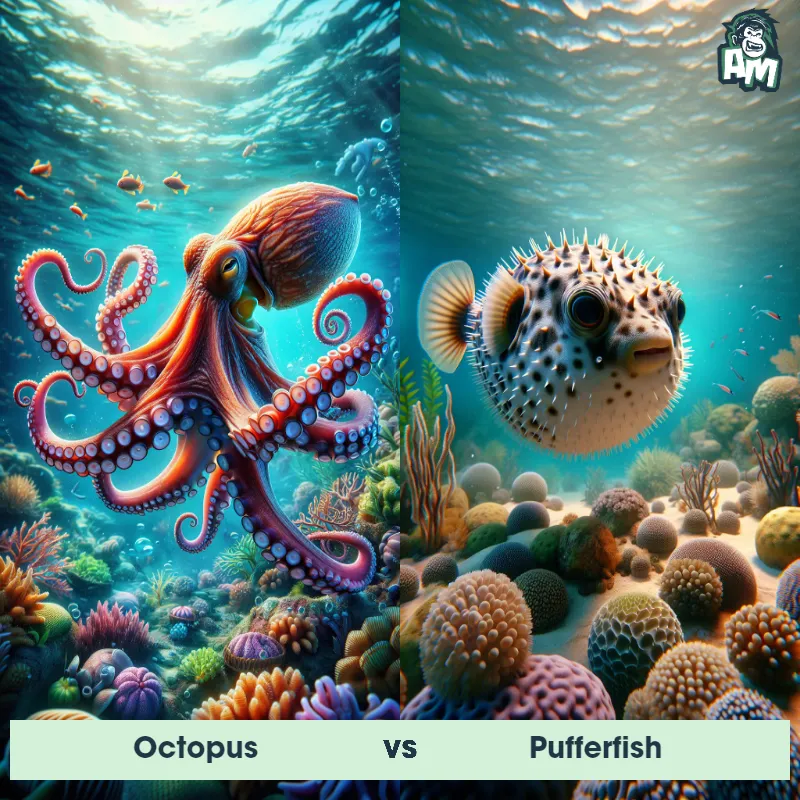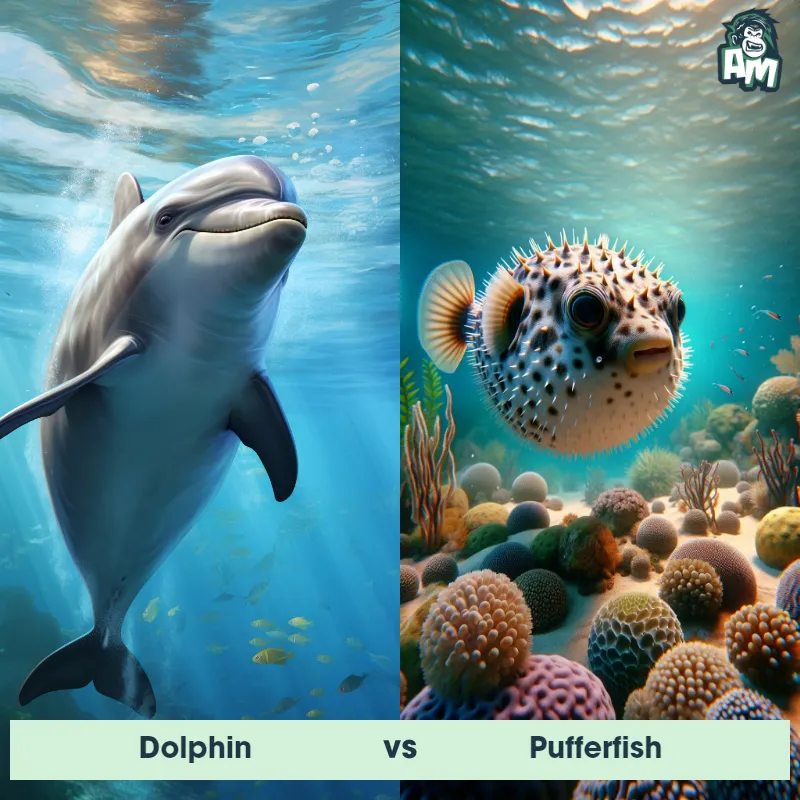Crab vs PufferfishSee Who Wins

Ladies and gentlemen, welcome to this thrilling matchup at the Animal Match Arena! Today, we have two fascinating creatures facing off in an intense three-round fight. On one side, we have the mighty Crab, known for its incredible pinchers and fierce defense. And on the other side, we have the formidable Pufferfish, armed with its powerful spikes and the ability to inflate in self-defense. It's time to witness the clash of these extraordinary underwater gladiators!
Contender 1: Crab
Crabs are decapod crustaceans known for their characteristic thick exoskeleton and a pair of robust claws. They vary in size from the tiny pea crab, a few millimeters wide, to the giant Japanese spider crab, with a leg span of up to 4 meters. Crabs are typically found in the ocean, but some species are also found in freshwater or on land. Notably, crabs are known for their sideways walking, a motion that distinguishes them from other crustaceans.
Fun Fact: Crabs communicate with each other by drumming or waving their pincers, which is not just a sign of aggression, but can also be a part of their mating rituals.
Contender 2: Pufferfish
The Pufferfish, also known as blowfish or fugu, is a unique and intriguing fish species found in various oceans around the world. These small to medium-sized fish are famous for their ability to inflate themselves like a balloon when threatened or stressed. They have a distinct body shape with a round, stocky body, a small tail, and a protruding mouth. Pufferfish are covered in spines and have a rough, scaleless skin. They come in an array of colors and patterns, including yellow, brown, green, and black. Pufferfish are known for their slow and clumsy swimming style, and their average size ranges from a few inches to a couple of feet.
Fun Fact: One interesting fact about Pufferfish is that they have the ability to puff themselves up by ingesting large amounts of water or air, which makes them appear much larger and more threatening to predators.
Matchup Stats
| Crab | Pufferfish | |
|---|---|---|
| Size | Varies from a few millimeters to 13 feet (4 meters) leg span | Varies from a few inches to a couple of feet (5-60 cm) |
| Weight | Varies greatly, up to 44 lbs (20 kg) for the largest species | Varies depending on species, can range from a few ounces to several pounds (100g-2kg) |
| Speed | 11 mph (18 km/h) | 1mph (1.6km/h) |
| Key Strength | Robust claws | Inflation and spines for defense |
| Biggest Weakness | Vulnerable when molting | Limited mobility and slow swimming speed |
Current Votes
Crab vs Pufferfish
See Who Wins
View More Matches
Looking For More?
Similar Matches
Scientific Stats
| Crab | Pufferfish | |
|---|---|---|
| Scientific Name | Brachyura | Tetraodontidae |
| Family | Decapoda | Tetraodontidae |
| Habitat | Ocean, Freshwater, Land | Coastal waters, coral reefs, and estuaries |
| Geography | Worldwide | Found in oceans worldwide, primarily in tropical and subtropical regions |
| Diet | Omnivores, eat algae, mollusks, bacteria, fungi, and small fish | Mostly herbivorous, but some species also eat small invertebrates and crustaceans |
| Lifespan | 1 year - 100 years | 3 years - 5 years |
Key Differences between Crab and Pufferfish
- Size: The Crab is generally larger than the Pufferfish, with an average crab size ranging from a few centimeters to several meters, while Pufferfish usually grow between 5 to 65 centimeters in length.
- Shape: The Crab has a flat, elongated body with a hard exoskeleton and large, pincer-like claws, whereas the Pufferfish has a rounded body covered in spines, with a small mouth and no obvious limbs.
- Coloration: Crabs come in a variety of colors including red, brown, yellow, and blue, with some species displaying patterns or camouflaging abilities, while Pufferfish typically have a light to dark yellowish or greenish color, often with distinct markings or spots.
- Texture: The Crab's exoskeleton is rigid and rough, providing protection and allowing attachment to surfaces, while the Pufferfish has a soft, stretchy skin covered in spines that become erect when puffed up.
- Habitat: Crabs are primarily found in coastal marine environments, inhabiting seafloors, rock crevices, and tidal zones, whereas Pufferfish are more commonly found in tropical and subtropical waters, often near coral reefs or sandy bottoms.
- Mobility: Crabs move sideways by scuttling across the ground, using their legs and pincers for locomotion, while Pufferfish rely on their tail fins for swimming and can also inflate their bodies with water or air to float or deter predators.




